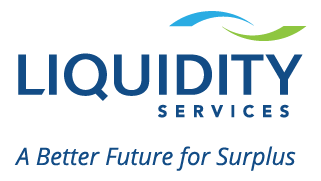The reverse supply chain enhances sustainability for organizations by extending the life of surplus. By taking assets no longer in use and repurposing them, organizations are also able to more effectively utilize their surplus assets and recover maximum value, and in return, incorporate a more cost-effective solution that helps protect its brand.
There are also other examples of how organizations can better utilize its surplus assets. A recent example discussed in the news media is harvesting energy from food in an effort to recycle food waste. An innovative method striking interest around the globe is to send food waste to facilities that use anaerobic digestors to convert food into biogas. An article by Yale Environment 360 details the benefits for organizations looking for ways to recycle food waste; the systems are costly to build and install, , however, there are operational and energy savings.
While food waste can be reused for energy via methods like the above, that same re-use purpose does not typically apply for surplus assets. Most surplus assets are left to sit idle in warehouses, but there are other ways to extend their life in innovative ways. At Liquidity Services, we provide strategic and innovative solutions for the reverse supply chain that meet clients’ needs for surplus asset management and keep assets actively in the supply chain, even if they are no longer useful for the original owner. We have re-sold items as varied as compost to full-scale factories and niche assembly equipment.
With over 8,000 clients across a range of industries, Liquidity Services serves organizations with best practices for surplus assets. To learn more, contact us and learn more on our expertise and trusted solutions.



Comments are closed.